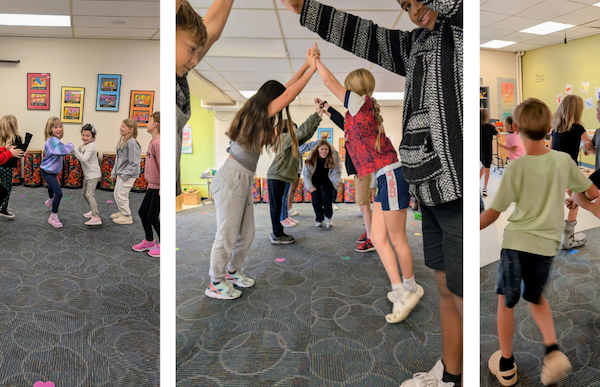
The Special Education Evaluation Process
November 2, 2016
Special Education and Section 504 Plans
November 16, 2016
When an evaluation team determines that a student qualifies for special education services, an Individualized Education Program, or IEP, will be written. Springer can help parents break down this lengthy and complex document.
Parents can find support and guidance through Springer's referral and consulting services, which can help with identifying obstacles to learning and determining next steps.
An IEP describes the educational program that has been put together to meet that particular student’s individual needs. IEPs include the following information:
Current Performance
This section includes information about the student’s present levels of education performance, including strengths and weaknesses and how the student’s disability affects his progress in the general education curriculum. Much of this information on an initial IEP will come from the Evaluation Team Report (ETR).
Annual Goals
The goals are written specifically to address the student’s needs identified in the Evaluation Team Report (ETR). The goals could address academic, social, behavioral, physical, or additional needs, depending on the results of the evaluation. For example, a student with a reading learning disability may have a goal related to building reading comprehension skills. Each goal is written as something the student should be able to achieve within a year and includes short-term objectives she should meet throughout the year. In addition, each goal outlines how her progress toward that goal will be measured. This section describes what the student will be taught through special education.
Special Education and Related Services
This section contains information about the special education (e.g. specialized instructional methods), related services (e.g. speech and language services), and supplementary aids needed in order for the student to make progress in the curriculum. Modifications (changes to the curriculum) and accommodations (changes to the classroom environment) are also included here. Accommodations and modifications to the administration of state- and district-wide tests are also included in the IEP. This section describes how a student will be taught so that he meets the IEP goals.
Participation with Nondisabled Children
The section explains the extent (if any) to which the student will not participate with nondisabled peers in the regular classroom and other school activities.

Transition Services
Starting at age 14 (or younger, if appropriate), the IEP outlines the services the student will need to transition to from high school to adult life. This part of the IEP becomes more specific when the student turns 16.
IEPs can be long, complex documents, but they are important to understand so that parents know what and how their child with a disability is being taught.
Contact Springer at 513 871-6080 ext. 402 or to learn more about consultation and referral services.
Blogger Stephanie Dunne, Ed.S., is the Center Director at Springer School and Center. Prior to coming to Springer, Stephanie practiced as a school psychologist in public and private schools for ten years. If you have questions, please contact Director of Learning Programs Carmen Mendoza at .



